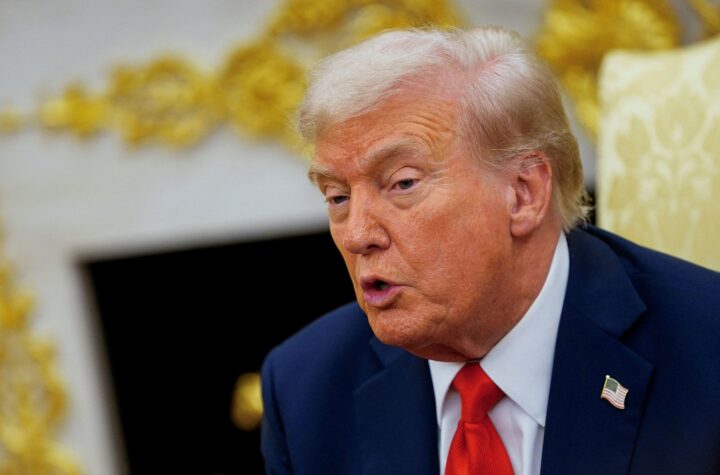A law mandating the use of the same charging wire for all new portable gadgets was approved by European MPs.
A USB-C charger would be required starting in 2024 for smartphones and tablets, including the Apple iPhone and iPad, while laptop manufacturers would have until 2026 to complete the switch.
There were 602 yes votes, 13 no votes, and 8 abstentions.
Prior to the rule being enacted in parliament on October 24, member states are anticipated to give their consent.
The UK government declared in June 2022 that it was “now exploring” establishing a standard charging cable after the European Union reached a tentative agreement.
However, the new rule might be applicable to Northern Ireland under the present post-Brexit rules.
According to a December 2021 parliamentary report, “additional criteria may also apply to devices supplied in Northern Ireland under the terms of the Northern Ireland protocol in the Brexit agreement, potentially creating a divergence of product standards with the rest of the UK.”
In order for the deal to function, Northern Ireland must remain a part of the EU’s single market for goods while the rest of the United Kingdom is not.
There is a disagreement between the UK and the EU over how to change the Northern Ireland protocol.
Margrethe Vestager, the EU commissioner for competition, praised the new regulation on Twitter and cited the “waste and inconvenience” of having numerous charges.
Apple, though, has consistently advocated against the idea.
An Apple spokeswoman said that when it was initially presented, in September 2021: “Strict regulation mandating only one type of connector stifles innovation rather than fostering it, which in turn would affect consumers in Europe and around the world.”
Given that its iPhone series makes use of an Apple-made Lightning connector, the technology giant is the primary producer of cellphones with a unique charging port.
According to the EU, the new regulation will apply to a variety of “small and medium-sized portable electronics,” such as mobile phones, tablets, e-readers, mice, keyboards, GPS (global positioning system) devices, headphones, headsets, and earphones; digital cameras; handheld videogame consoles; and portable speakers.











More Stories
Faisal Islam: Can the US Tech Bromance Revive the UK Economy?
AI Boom Powers Nvidia’s Growth Despite Rising US-China Tensions
SpaceX Achieves Successful Starship Launch in Dramatic Comeback